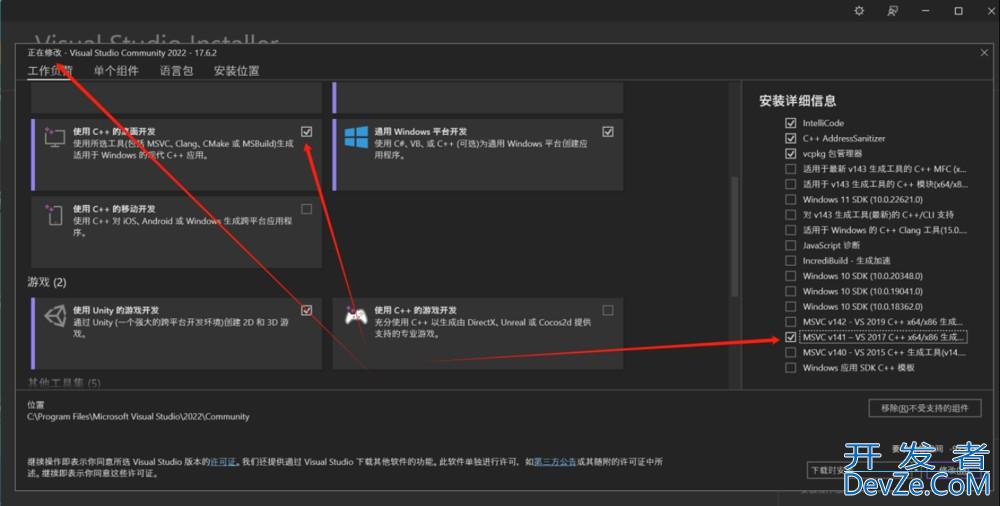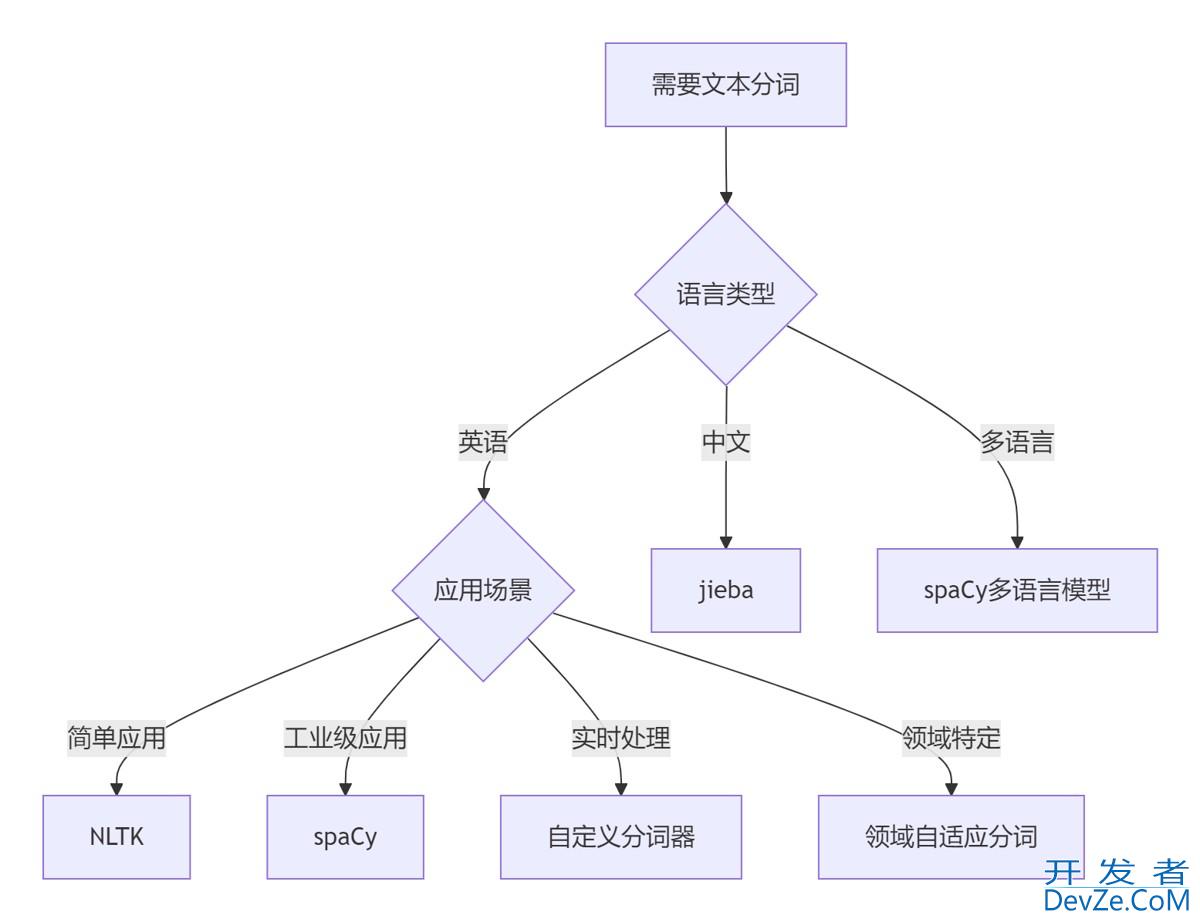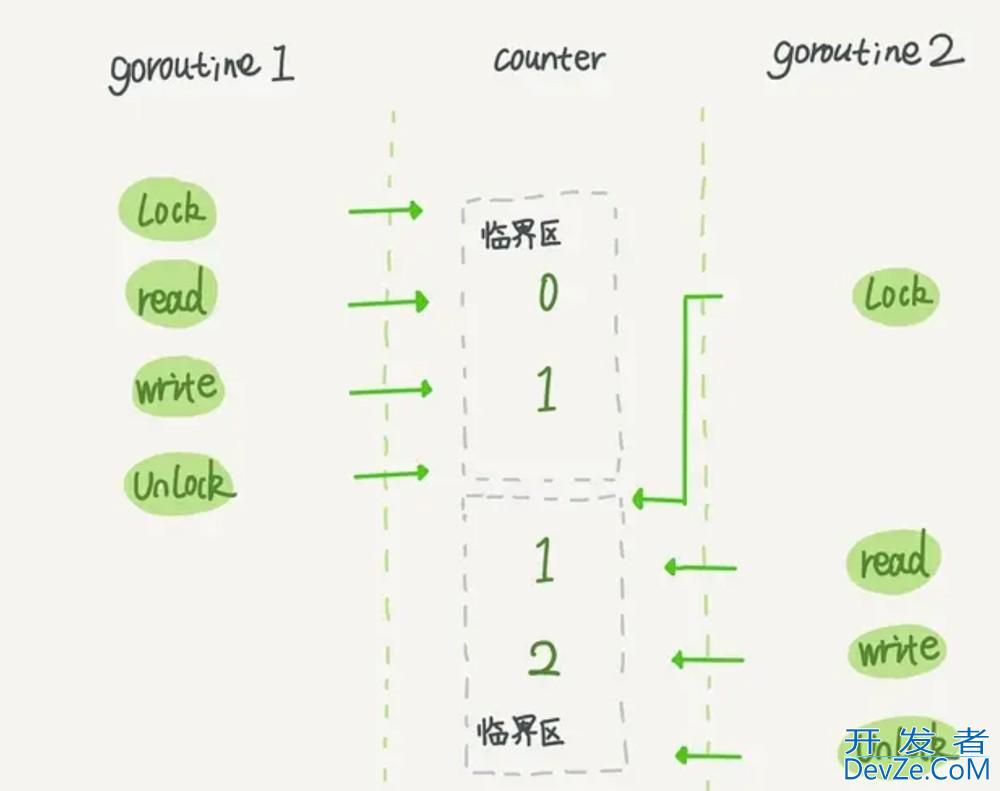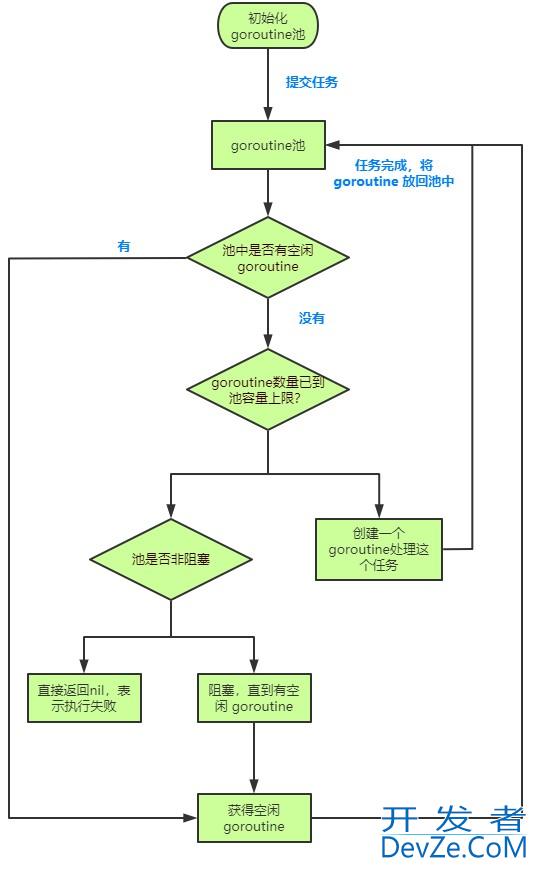目录
- 1、InputStream转化为String
- 1、使用InputStreamReader和StringBuilder(JDK)
- 2、使用inputStream.read()andStringBuilder
- 3、使用ByteArrayOutputStreamandinputStream.read
- 4、使用BufferedInputStream和ByteArrayOutputStream
- 5、使用BufferedReader
- 6、使用 Stream API 或 parallel Stream API
- 7、使用StringWriter和IOUtils.copy (Apache Commons)
- 8、使用CharStreams(Google Guava)
- 9、JDK原生提供
- 2、String转化为InputStream
- 2.1 JDK原生提供
- 2.2 Apache Common提供
- 2.3 Google Guava提供
1、InputStream转化为String
1、使用InputStreamReader和StringBuilder(JDK)
public class InputStream2String {
public static void main(String[] args) {
try {
InputStream inputStream = new FileInputStream("E:/duckAndJava/IO/testFile.txt"); //路径修改为本地文件所在的位置
char[] buffer = new char[1024]; //根据需要的数组大小进行自定义
StringBuilder out = new StringBuilder();
Reader in = new InputStreamReader(inputStream, "UTF-8");
for (int numRead; (numRead = in.read(buffer, 0, buffer.length)) > 0; ) {
out.append(buffer, 0, numRead);
}
String myString = out.toString();
System.out.println("myString = " + myString);
}catch (IOException e){
e.printStackTrace();
js }
}
}
2、使用inputStream.read()andStringBuilder
StringBuilder sb = new StringBuilder();
for (int ch; (ch = inputStream.read()) != -1; ) {
sb.append((char) ch);
}
String myString = sb.toString();
3、使用ByteArrayOutputStreamandinputStream.read
ByteArrayOutputStream result = new ByteArrayOutputStream();
byte[] buffer = new byte[1024];
for (int length; (length = inputStream.read(buffer)) != -1; ) {
result.write(buffer, 0, length);
}
String myString = result.toString("UTF-8");
ByteArrayOutputStream result = new ByteArrayOutputStream();
byte[] buffer = new byte[1024];
int length;
while ((length = inputStream.read(buffer)) != -1) {
result.write(buffer, 0, length);
}
String str = result.toString(StandardCharsets.UTF_8.name());
return str;
BufferedInputStream bis = new BufferedInputStream(inputS编程客栈tream);
ByteArrayOutputStream buf = new ByteArrayOutputStream();
int result = bis.read();
while(result != -1) {
buf.write((byte) result);
result = bis.read();
}
String str = buf.toString();
return str;
4、使用BufferedInputStream和ByteArrayOutputStream
BufferedInputStream bis = new BufferedInputStream(inputStream);
ByteArrayOutputStream buf = new ByteArrayOutputStream();
for (int result = bis.read(); result != -1; result = bis.read()) {
buf.write((byte) result);
}
String myString = buf.toString("UTF-8");
5、使用BufferedReader
String newLine = System.getProperty("line.separator");
BufferedReader reader = new BufferedReader(new InputStreamReader(inputStream));
StringBuilder result = new StringBuilder();
for (String line; (line = reader.readLine()) != null; ) {
if (result.length() > 0) {
result.append(newLine);
}
result.append(line);
}
String myString = result.toString();
StringBuilder sb = new StringBuilder();
String line;
BufferedReader br = new BufferedReader(new InputStreamReader(inputStream));
while ((line = br.readLine()) != null) {
sb.append(line);
}
String str = sb.toString();
return str;
String result = new BufferedReader(new InputStreamReader(inputStream))
.lines().collect(Collectors.joining(System.lineSeparator()));
String result = new BufferedReader(new InputStreamReader(inputStream))
.lines().parallel().c编程ollect(Collectors.joining(System.lineSeparator()));
6、使用 Stream API 或 parallel Stream API
String myString = new BufferedReader(new InputStreamReader(inputStream)).lines().collect(Collectors.joining("\n"));
或
String myString = new BufferedReader(new InputStreamReader(inputStream)).lines().parallel().collect(Collectors.joining("\n"));
7、使用StringWriter和IOpythonUtils.copy (Apache Commons)
StringWriter writer = new StringWriter(); IOUtils.copy(inputStream, writer, StandardCharsets.UTF_8.name()); return writer.toString();
甚至可以直接这样用
String result = IOUtils.toString(inputStream, StandardCharsets.UTF_8);
8、使用CharStreams(Google Guava)
String result = CharStreams.toString(new InputStreamReader(inputStream, Charsets.UTF_8));
//方法十二: String str = new String(ByteStreams.toByteArray(inputStream))
分别按照字符串长度来进行测试。
当使用的是一个小字符串(length=175),得到的性能测试结果如下:
当使用的是一个长字符串(length=50100),得到的性能测试结果如下:

为了更加直观,按照字符串的长度与相应函数消耗的平均时间,做了如下的表格:

更加直观的表格图,如下:

9、JDK原生提供
byte[] bytes = new byte[0]; bytes = new byte[inputStream.available()]; inputStream.read(bytes); String str = new String(bytes);
Scanner s = new Scanner(inputStream).useDelimiter("\\A");
String str = s.hasNext() ? s.next() : "";
String resource = new Scanner(inputStream).useDelimiter("\\Z").next();
return resource;
2、String转化为InputStream
2.1 JDK原生提供
InputStream is = new ByteArrayInputStream(str.getBytes());
2.2 Apache Common提供
InputStream targetStream = IOUtils.toInputStream(str, StandardCharsets.UTF_8.name());
2.3 Google Guava提供
InputStream targetStream =
new ReaderInputStream(CharSource.wrap(str).openStream(), StandardCharsets.UTF_php8.name());
到此这篇关于Java中InputSteam转String的实现方法的文章就介绍到这了,更多相关Java InputSteam转String内容请搜索编程客栈(www.devze.com)以前的文章或继续浏览下








 加载中,请稍侯......
加载中,请稍侯......
精彩评论